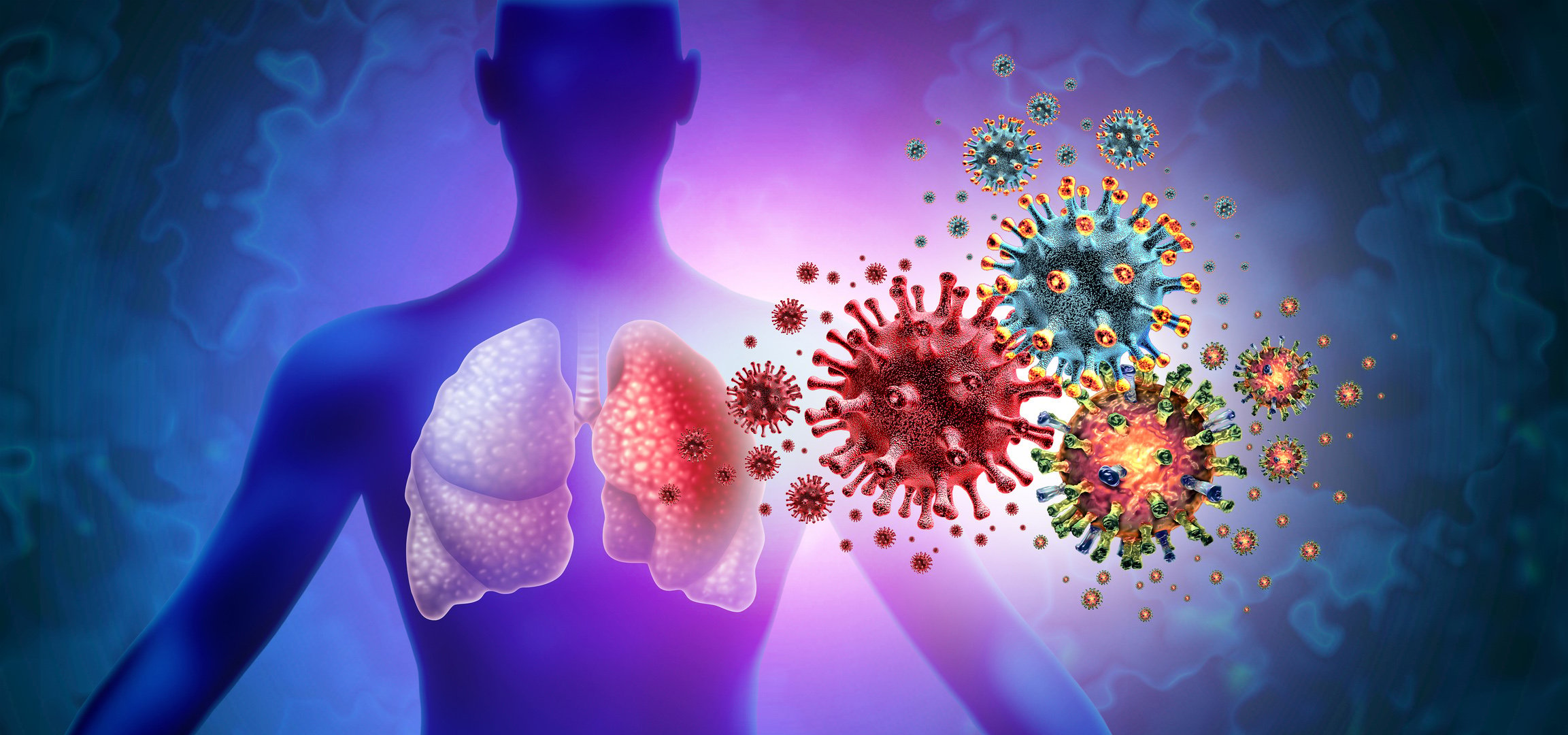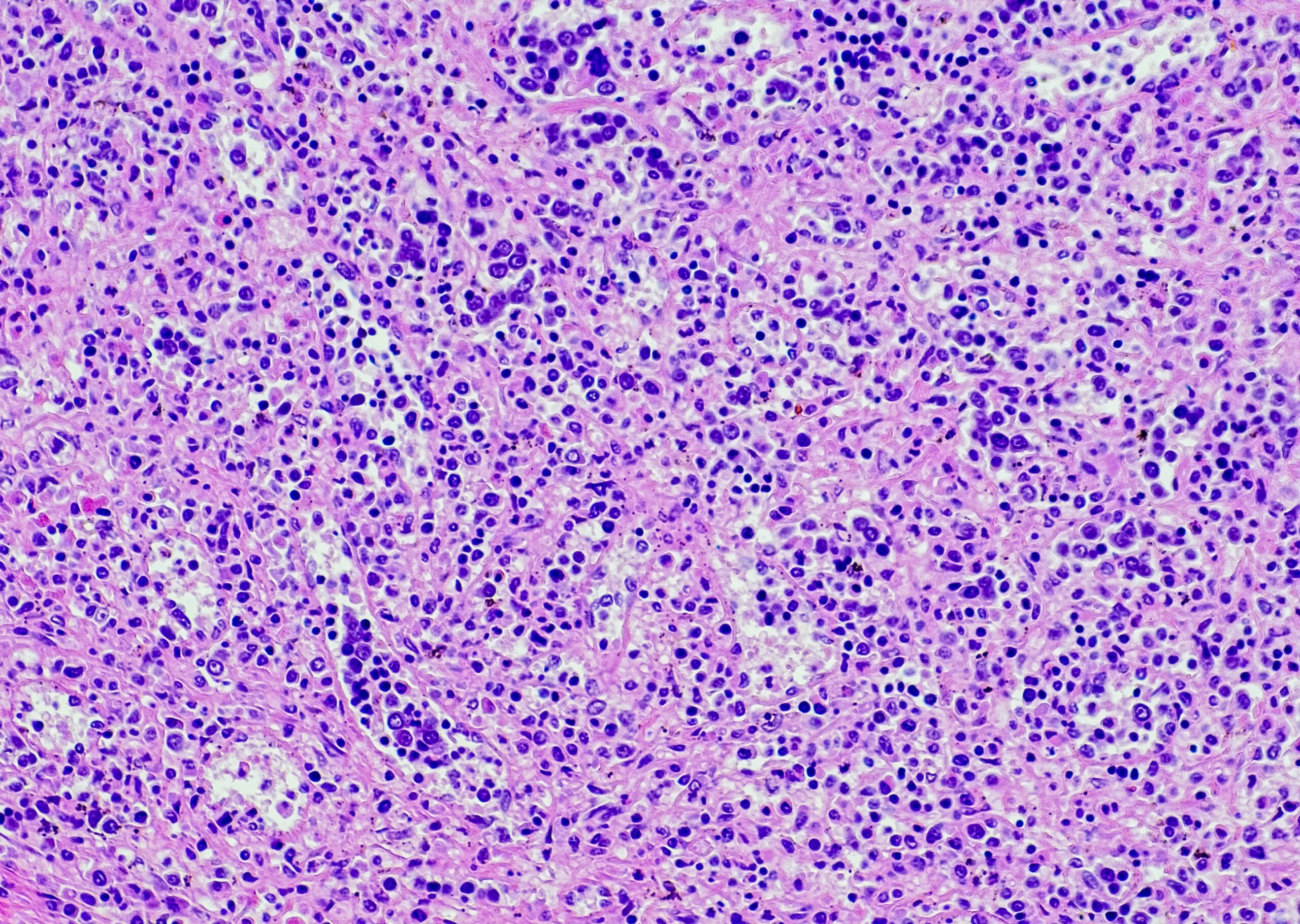On January 24, the Swiss Derma Day took place in Lucerne for the second time. The University Clinics of Dermatology Basel and Inselspital Bern, in collaboration with the clinics of Aarau, Bellinzona, Lucerne and the Triemlispital Zurich, have again invited to this training event. The comprehensive program included an update on contact dermatitis.
Dr. med. Kathrin Scherer, Basel, presented news on contact dermatitis. “Allergic contact dermatitis is a common medical problem, with 15% of the population sensitized to a standard-range allergen,” she explained. However, due to newly emerging substances, the exposure is constantly changing. Therefore, the Information Network of Dermatological Clinics (IVDK) based in Göttingen constantly monitors and evaluates the situation. The approximately 50 hospitals participating in the IVDK also include four from Switzerland. An update of the collected data is published every two years [1].
Nickel, fragrances and preservatives
In 2010, 12,574 patients underwent epicutaneous testing in the dermatology departments participating in the IVDK [1]. The most common contact allergen is still nickel. “In general, however, the sensitization rate for metals is declining, especially when viewed over the long term,” Dr. Scherer added. “Nonetheless, the nickel sensitization rate among women aged 18 to 30 remains around 20%.” Sensitization rates to cobalt and chromium are also on the decline.
This is due in particular to the fact that the use of these substances has been more closely regulated in recent years, according to Dr. Scherer. For example, the use of low-chromate cement has led to a decrease in new sensitizations to chromate among bricklayers.
Fragrances are the second most common cause of allergic contact dermatitis after metals. “Again, sensitization rates have decreased significantly over the past 13 to 14 years. This is mainly due to a reduction in the concentrations of oakmoss absolue and isoeugenol in cosmetics and personal care products,” she said. In the last three years, however, there has also been a slight increase in new sensitizations here. “This is likely explained by a relative increase in allergic reactions to the other fragrances included in each mix.”
The third major group among the leading allergens are preservatives. Sensitization rates to MCI/MI (methylchloroisothiazolinone/methylisothiazolinone) show a marked increase after a prolonged constant phase. Since 2005, MI has also been used alone, without MCI, as a preservative. “The maximum amount permitted for MI is limited to 100 ppm in cosmetics. However, no limit exists for industrial use, e.g. in wall paints,” the expert explained. A study of painters found that MI and epoxy resin were the two most common allergens [2]. In other studies, study participants already reacted to MI concentrations between 5 and 50 ppm in e.g. rinse-off products and wet hygiene wipes [3, 4]. Furthermore, Dr. Scherer pointed out the importance of the preservative IPBC (iodopropynyl butylcarbamate). “IPBC is the second most common allergen in the preservative group. Metal- and wood-processing occupational groups are particularly affected here.” This substance has also been present in cosmetics and hygiene wipes for a few years. “IPBC is not a particularly strong allergen, but it penetrates very well because it is a small, lipophilic molecule. So it’s a substance we should expect to see in the future,” she concluded.
Source:2nd Swiss Derma Day, Lucerne,January 24, 2013
Literature:
- Geier J, et al: Der Hautarzt 2011; 62: 751-756.
- Mose AP, et al: Contact Dermatitis 2012; 67: 293-297.
- Lundov MD, et al: Contact Dermatitis 2011; 64: 330-336.
- Lundov MD, et al: Br J Dermatol 2011; 165: 1178-1182.











